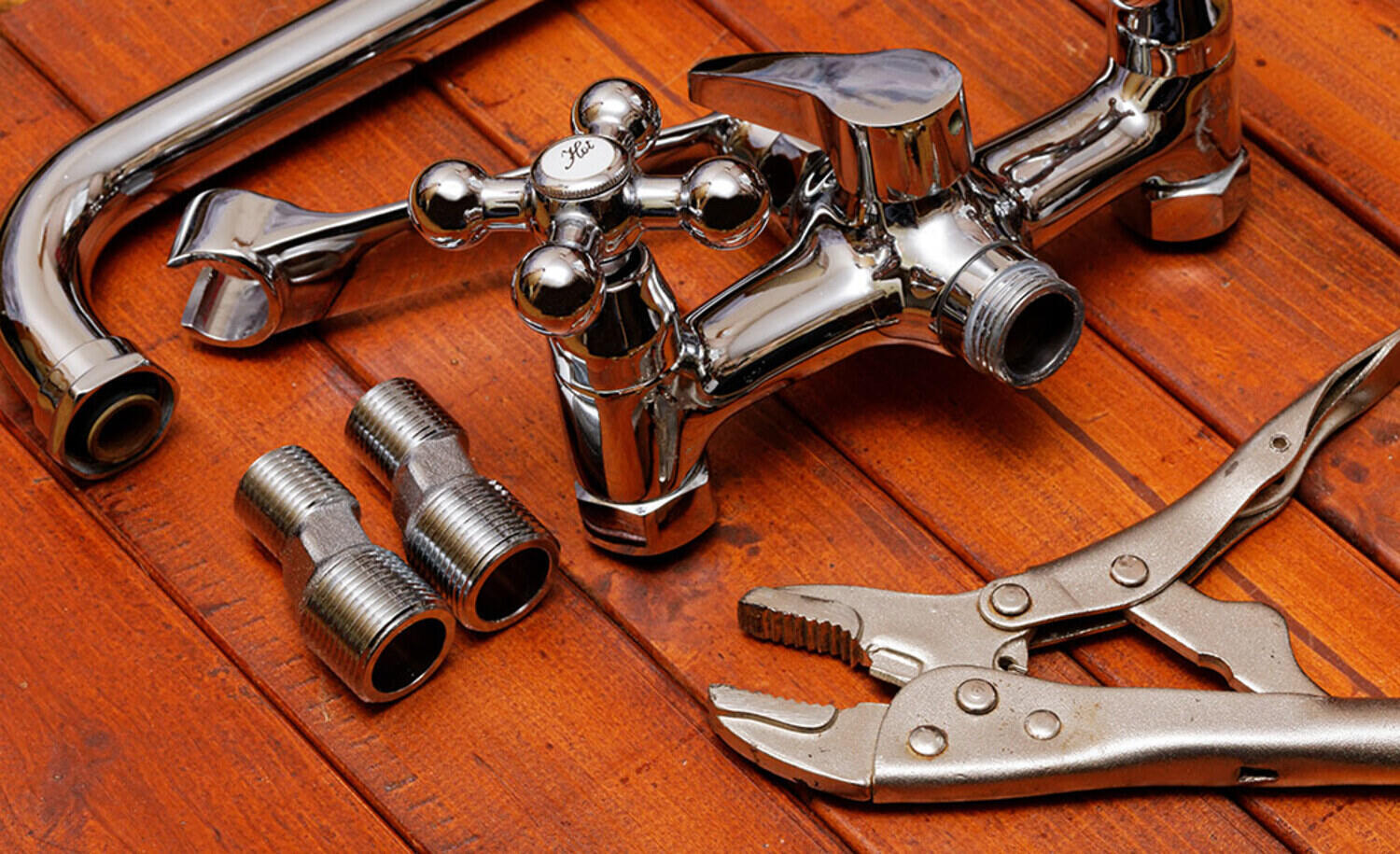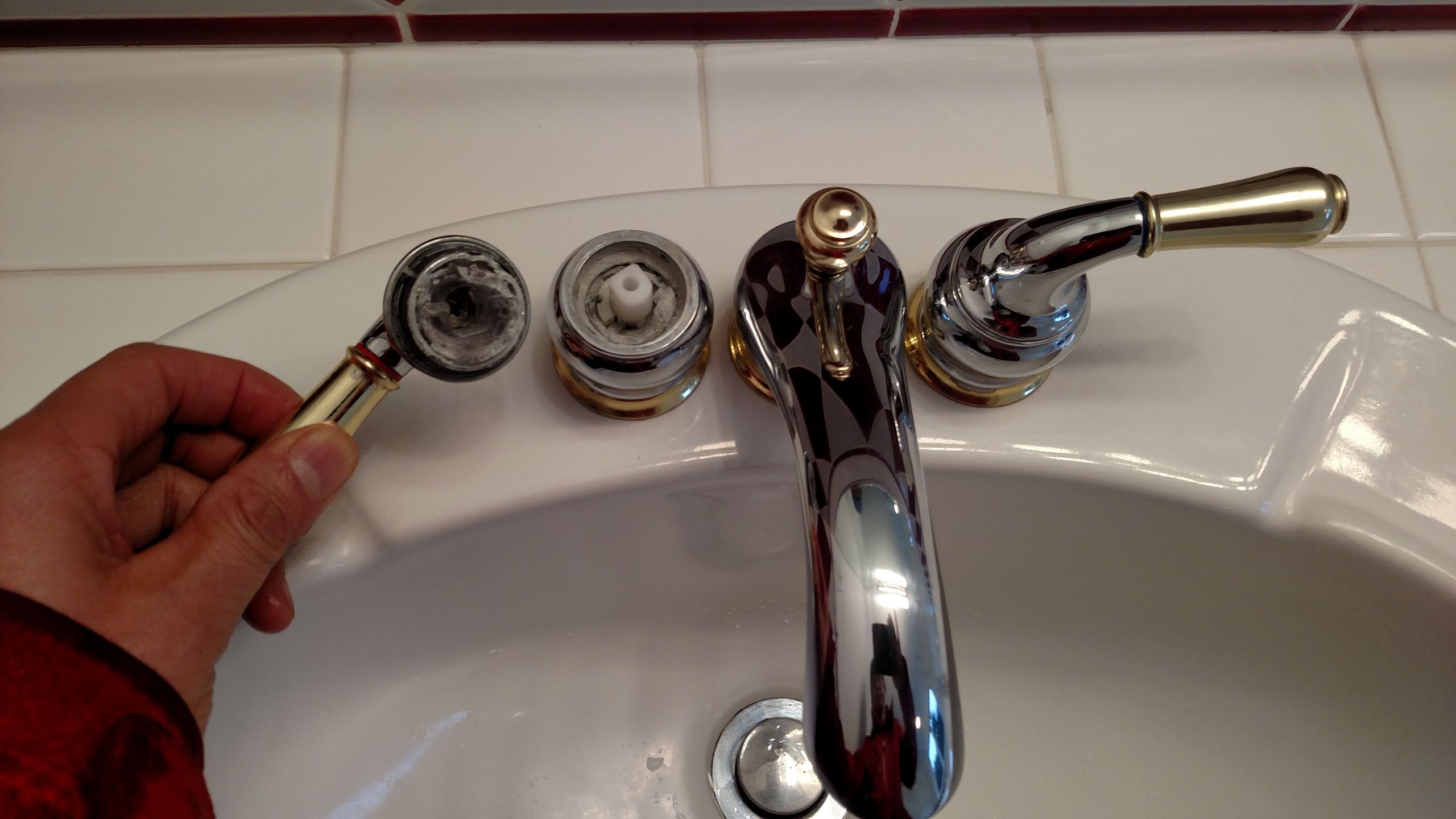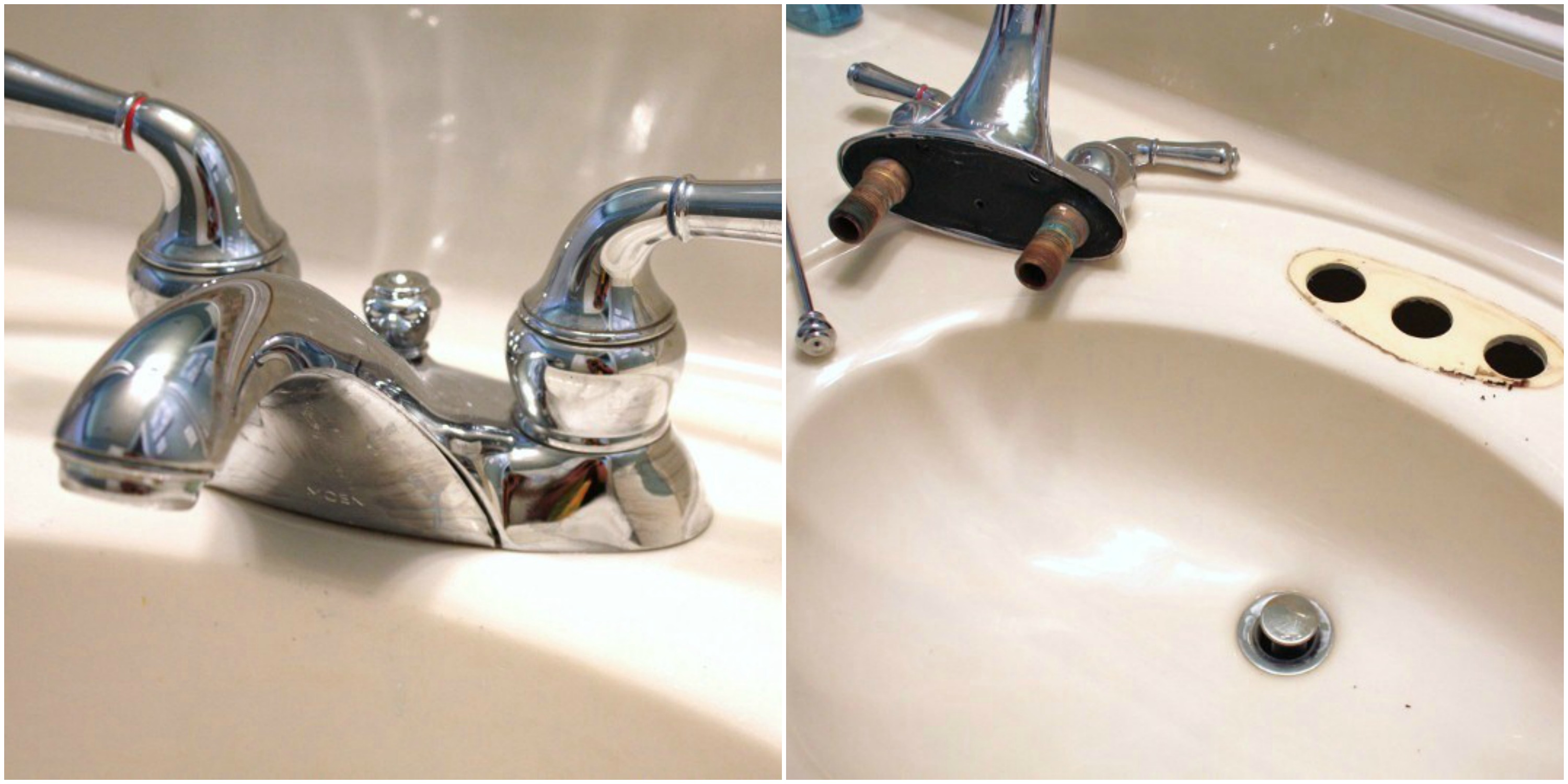Understanding the Bathroom Faucet

Before embarking on the disassembly process, it’s essential to have a thorough understanding of the bathroom faucet’s anatomy and its various components. This knowledge will allow you to navigate the disassembly procedure with confidence and precision.
Anatomy of a Bathroom Faucet
The bathroom faucet is a complex yet elegant piece of plumbing technology. It consists of several interconnected parts, each with a specific function. The primary components are the handle, spout, cartridge, and valve.
- Handle: This is the part you physically interact with to control the flow of water. It’s typically a lever or a knob that rotates to open and close the valve.
- Spout: This is the extended part of the faucet that delivers water to the sink. It’s usually made of metal or plastic and is often designed with an aerator to reduce water splashing.
- Cartridge: This is the heart of the faucet, responsible for controlling water flow and temperature. It’s a replaceable component that houses the valve and other internal mechanisms.
- Valve: This is the internal mechanism that opens and closes the water flow. It’s typically a ceramic disc or a ball valve that seals against a seat to prevent water from passing through.
Types of Bathroom Faucets
There are various types of bathroom faucets commonly found in homes, each with its unique features and design.
- Single-Handle Faucets: These faucets feature a single lever or knob that controls both water flow and temperature. They are popular for their simplicity and ease of use.
- Two-Handle Faucets: These faucets have separate handles for hot and cold water control. They offer greater precision in temperature adjustment but require more effort to operate.
- Centerset Faucets: These faucets have a single spout and two handles mounted on a base plate. They are often found in older homes and require a specific hole configuration in the sink.
- Widespread Faucets: These faucets have a wider spread between the spout and handles, providing a more contemporary look. They require three separate holes in the sink for installation.
- Wall-Mount Faucets: These faucets are mounted directly to the wall, offering a sleek and minimalist aesthetic. They are often found in modern bathrooms and require specialized plumbing installation.
Safety First

Disassembling a bathroom faucet involves working with water and tools, making safety a top priority. Before you start, ensure you’ve taken the necessary precautions to protect yourself and your home from potential damage.
Turning Off the Water Supply
Turning off the water supply is crucial before you begin disassembling the faucet. Doing so prevents water from flooding your bathroom and causing damage to your home. Here’s how to do it:
- Locate the shut-off valve for your bathroom faucet. This valve is typically located on the wall behind the faucet or under the sink.
- Turn the valve clockwise to shut off the water supply. You’ll feel resistance as the valve closes.
- After turning off the valve, run the faucet to ensure the water has stopped flowing. If water is still flowing, try tightening the valve further or check for leaks in the supply line.
Safety Precautions While Disassembling
Working with plumbing tools requires caution. Here are some safety precautions to follow:
- Always wear safety glasses to protect your eyes from flying debris or water.
- Use gloves to protect your hands from sharp edges or water.
- Use a wrench or pliers with a secure grip to prevent slipping and potential injury.
- Be mindful of your surroundings and ensure you have a clear workspace to avoid tripping or falling.
- If you encounter any difficulties or feel unsure about a step, consult a professional plumber for assistance.
Tools and Materials
Disassembling a bathroom faucet requires a few essential tools. These tools will help you safely and efficiently remove the faucet components, making it easier to clean, repair, or replace them.
Tools Required for Disassembling a Bathroom Faucet
Here is a list of the tools you will need to disassemble a bathroom faucet:
- Adjustable Wrench: An adjustable wrench is a versatile tool that can tighten or loosen nuts and bolts of various sizes. It is essential for disassembling the faucet body and removing the faucet handles.
- Channel-Lock Pliers: Channel-lock pliers are designed to grip and hold objects securely. They are useful for removing stubborn nuts or bolts that may be difficult to grip with an adjustable wrench.
- Phillips Screwdriver: A Phillips screwdriver is used to remove screws that secure the faucet handles, escutcheon plate, and other components.
- Flat-Head Screwdriver: A flat-head screwdriver is used to remove screws that may have a flat slot head.
- Basin Wrench: A basin wrench is a specialized tool designed to tighten or loosen nuts that are located in hard-to-reach areas, such as under the sink. It is essential for removing the faucet supply lines.
- Plumbers Tape: Plumbers tape is a thread sealant that is used to prevent leaks when connecting pipes.
- Bucket or Container: A bucket or container is needed to catch water that may drain from the faucet during disassembly.
- Protective Gear: It is essential to wear safety glasses, gloves, and old clothes to protect yourself from potential water splashes and sharp edges.
Disassembly Process: How To Disassemble A Bathroom Faucet
Now that you have gathered your tools and materials, it’s time to begin the disassembly process. This process involves carefully removing each component of the faucet in a systematic manner, ensuring that you don’t damage any parts.
Steps for Disassembling a Bathroom Faucet, How to disassemble a bathroom faucet
The following steps provide a detailed guide for disassembling a common bathroom faucet.
- Turn off the Water Supply: Before you begin disassembling the faucet, it’s crucial to turn off the water supply to the faucet. This will prevent water from spraying out and causing damage or injury. Locate the shut-off valves for the hot and cold water lines connected to the faucet and turn them clockwise to close them.
- Remove the Faucet Handles: Most bathroom faucets have handles that are held in place by screws or set screws. Use a screwdriver or Allen wrench to remove these screws or set screws. Once the screws are removed, the handles should pull off easily.
- Remove the Escutcheon Plate: The escutcheon plate is the decorative plate that covers the faucet’s mounting hole. It is usually held in place by screws or clips. Use a screwdriver or pliers to remove these fasteners and then gently pull the escutcheon plate off.
- Disconnect the Supply Lines: The supply lines are the flexible tubes that connect the faucet to the water shut-off valves. Use a wrench to loosen and remove the nuts that secure the supply lines to the faucet body.
- Remove the Faucet Body: The faucet body is the main part of the faucet that contains the valves and other internal components. It is typically held in place by a mounting nut or a set of screws. Use a wrench or screwdriver to remove these fasteners and then gently pull the faucet body off.
- Disassemble the Cartridge or Stem: Depending on the type of faucet, you may have a cartridge or a stem. A cartridge is a single unit that contains the valve and other internal components, while a stem is a separate piece that controls the flow of water. Use a wrench or pliers to remove the cartridge or stem from the faucet body.
- Clean the Parts: Once you have disassembled the faucet, it’s important to clean all the parts thoroughly. Use a cleaning solution or a toothbrush to remove any dirt, debris, or mineral deposits. Rinse the parts with water and dry them completely.
| Step | Action | Tools |
|---|---|---|
| 1 | Turn off the water supply to the faucet. | Shut-off valves |
| 2 | Remove the faucet handles. | Screwdriver or Allen wrench |
| 3 | Remove the escutcheon plate. | Screwdriver or pliers |
| 4 | Disconnect the supply lines. | Wrench |
| 5 | Remove the faucet body. | Wrench or screwdriver |
| 6 | Disassemble the cartridge or stem. | Wrench or pliers |
| 7 | Clean all parts thoroughly. | Cleaning solution or toothbrush |
Removing the Cartridge
The cartridge is the heart of your bathroom faucet, responsible for controlling water flow and temperature. Removing it is a crucial step in the disassembly process, allowing you to access and clean or replace internal components.
Cartridge Removal Methods
The method for removing a cartridge varies depending on its type and the specific faucet model. Here are some common approaches:
- Screw-on Cartridge: These cartridges are typically secured by a screw or nut. To remove them, locate the screw or nut and use a screwdriver or wrench to loosen and remove it. Once the screw or nut is removed, the cartridge can be lifted out of the faucet body.
- Push-in Cartridge: These cartridges are held in place by a spring or clip. To remove them, you’ll need to press down on a release tab or button located on the cartridge itself. This will release the cartridge from its housing, allowing you to pull it out.
- Snap-in Cartridge: These cartridges are held in place by a retaining ring. To remove them, you’ll need to use a special tool or pliers to pry the retaining ring off the cartridge. Once the ring is removed, the cartridge can be lifted out of the faucet body.
Removing a Screw-on Cartridge
- Locate the Screw: Look for a small screw or nut located on the top or side of the cartridge. This screw or nut secures the cartridge to the faucet body.
- Loosen the Screw: Use a screwdriver or wrench that matches the size of the screw or nut. Turn the screwdriver or wrench counterclockwise to loosen the screw or nut.
- Remove the Cartridge: Once the screw or nut is completely removed, the cartridge should be able to be lifted out of the faucet body. If it’s stuck, gently wiggle it back and forth until it comes loose.
Removing a Push-in Cartridge
- Locate the Release Tab: Look for a small tab or button located on the top or side of the cartridge. This tab or button is the release mechanism.
- Press Down on the Release Tab: Using your finger or a small tool, press down on the release tab or button. This will release the cartridge from its housing.
- Pull Out the Cartridge: Once the release tab or button is pressed, the cartridge should be able to be pulled out of the faucet body. If it’s stuck, gently wiggle it back and forth until it comes loose.
Removing a Snap-in Cartridge
- Locate the Retaining Ring: The retaining ring is a small metal ring that holds the cartridge in place. It’s usually located around the edge of the cartridge.
- Use a Tool to Remove the Retaining Ring: A special tool or pliers is typically needed to remove the retaining ring. Carefully pry the retaining ring off the cartridge, taking care not to damage the cartridge or faucet body.
- Lift Out the Cartridge: Once the retaining ring is removed, the cartridge should be able to be lifted out of the faucet body. If it’s stuck, gently wiggle it back and forth until it comes loose.
Troubleshooting and Repair

While disassembling your bathroom faucet is generally a straightforward process, you may encounter some issues along the way. Understanding common problems and their solutions can save you time and frustration.
Troubleshooting Common Issues
Troubleshooting is the process of identifying and resolving problems with your bathroom faucet. This section will provide tips and solutions for common issues you may encounter during disassembly or when the faucet is not functioning properly.
Common Disassembly Problems
- Stuck or Frozen Parts: If you encounter a part that is stuck or frozen, try using a penetrating oil or lubricant to loosen it. Apply the lubricant to the affected area and allow it to penetrate for a few minutes before attempting to loosen the part. If the part is still stuck, you may need to use a wrench or pliers to gently loosen it.
- Stripped Screws or Nuts: If you encounter a stripped screw or nut, you can try using a larger screwdriver or wrench. You can also try using a rubber band or piece of tape to increase the grip of the tool. If the screw or nut is severely stripped, you may need to replace it.
- Broken Parts: If a part breaks during disassembly, you will need to replace it. It is essential to have the correct replacement part to ensure proper functionality.
Common Faucet Problems and Solutions
| Problem | Solution | Additional Notes |
|---|---|---|
| Leaking Faucet | Replace the worn-out O-rings, washers, or cartridges. Clean the faucet aerator to remove debris. | The leak may be caused by a worn-out O-ring, washer, or cartridge. It could also be due to debris blocking the aerator. |
| Low Water Pressure | Check for clogged aerator, debris in the supply lines, or a partially closed shut-off valve. | Low water pressure could be caused by a variety of factors, including a clogged aerator, debris in the supply lines, or a partially closed shut-off valve. |
| Faucet Handle Won’t Turn | Check for a broken or worn-out handle, a jammed cartridge, or a stuck stem. | If the faucet handle won’t turn, the issue could be a broken or worn-out handle, a jammed cartridge, or a stuck stem. |
Reassembly and Testing

Reassembling the bathroom faucet after repairs or cleaning is the final step in the process. It involves putting all the components back together in the correct order and ensuring that the faucet functions properly.
Installing the Cartridge
The cartridge is the heart of the faucet, controlling the flow of water. It’s crucial to install it correctly to ensure proper operation.
- Clean the Cartridge Seat: Before installing the cartridge, clean the cartridge seat, the area where the cartridge sits, using a soft cloth and a mild cleaner. This will remove any debris that could interfere with the cartridge’s smooth operation.
- Lubricate the O-Rings: Apply a thin layer of silicone grease to the O-rings on the cartridge. This will help prevent leaks and ensure a smooth operation.
- Insert the Cartridge: Carefully insert the cartridge into the cartridge seat, aligning the grooves on the cartridge with the corresponding slots in the seat. Press firmly until the cartridge is fully seated.
Installing Other Components
After installing the cartridge, it’s time to put the remaining components back in place.
- Handle and Spout: Attach the handle to the stem and tighten it securely. Then, screw the spout onto the faucet body, ensuring a tight fit.
- Aerator: Screw the aerator onto the spout. This component helps to distribute the water evenly and reduce splashing.
- Escutcheon: If your faucet has an escutcheon, attach it to the faucet body to cover the holes and provide a finished look.
Testing the Faucet
Once the faucet is fully assembled, it’s essential to test its functionality.
- Turn on the Water: Turn on the water supply to the faucet and check for any leaks. Look for leaks around the cartridge, handle, and spout.
- Test the Flow: Turn the handle to different positions to test the water flow. Ensure the water flow is smooth and consistent.
- Check the Temperature: If your faucet has hot and cold water controls, test the temperature settings to ensure they function correctly.
